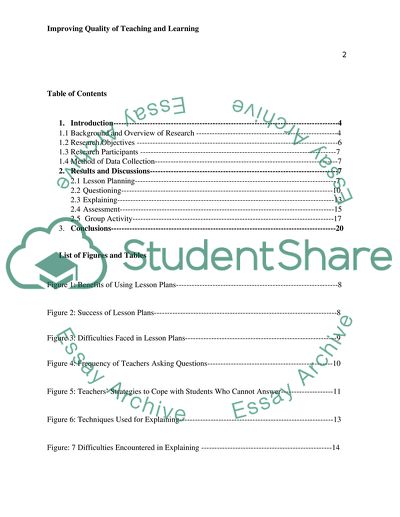Cite this document
(Improving Quality of Teaching and Learning Assignment, n.d.)
Improving Quality of Teaching and Learning Assignment. Retrieved from https://studentshare.org/education/1782360-improving-quality-of-teaching-and-learning-a-needs-assessment-survey
Improving Quality of Teaching and Learning Assignment. Retrieved from https://studentshare.org/education/1782360-improving-quality-of-teaching-and-learning-a-needs-assessment-survey
(Improving Quality of Teaching and Learning Assignment)
Improving Quality of Teaching and Learning Assignment. https://studentshare.org/education/1782360-improving-quality-of-teaching-and-learning-a-needs-assessment-survey.
Improving Quality of Teaching and Learning Assignment. https://studentshare.org/education/1782360-improving-quality-of-teaching-and-learning-a-needs-assessment-survey.
“Improving Quality of Teaching and Learning Assignment”, n.d. https://studentshare.org/education/1782360-improving-quality-of-teaching-and-learning-a-needs-assessment-survey.


